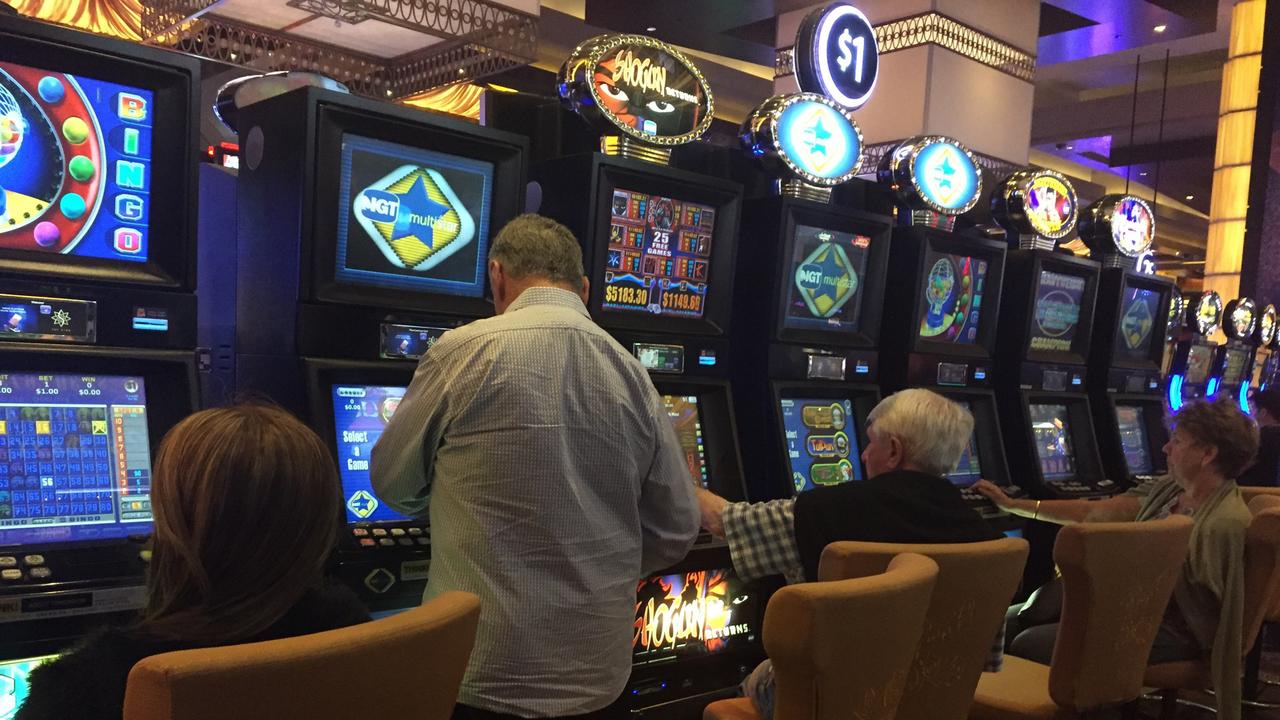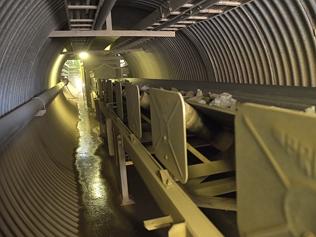Investment banks rethink iron prices
The recent rally in iron ore prices has forced commodities desks at investment banks to rethink their price forecasts.

The doom and gloom scenarios that had prices retracing to as low as $US35 a tonne have been busily rewritten in the past couple of weeks, with the average forecast upgraded to $US48 a tonne for calendar 2016 and 2017.
The investment banks had no choice given that Friday’s price of $US56 a tonne on The Steel Index means that the calendar year to date average is $US52 a tonne, down from the year high of $US69 a tonne on April 21 but up strongly from the year low of $US39.60 a tonne in January.
With half the year almost gone, the doomsday predictions of $US35 a tonne were becoming increasingly dumb.
It is a point recently touched on by the ever controversial Lourenco Goncalves, chief executive of the US/Pilbara iron ore producer Cliffs Natural Resources.
Speaking to investors on the release of the group’s March quarter results on April 28 when $US35 a tonne forecasts for the year by some big-name investment banks were still floating around, Goncalves let fly.
“A lot of the negativity regarding prices is generated by the commodities desks of the banks. We are getting to a point ... (where) they will just have to have a third quarter of negative prices in order for their average price for the year to be correct,’’ Goncalves said.
He joked that for the investment bank’s price forecasts to be met, the big three of the global seaborne market — Rio, BHP and Brazil’s Vale — would have to not only give iron ore away for free, they would have to pay steelmakers to take the stuff.
As it is, the market itself has dragged the consensus figures higher, albeit with current price of $US56 a tonne still be substantially higher than the average expectation for this year and next of $US48 a tonne.
Atlas Iron
All that is good news for the dogged junior iron ore producers that managed to survive the storm in iron ore pricing. They just might have a future, whereas back in January, at that low of $US39.60 a tonne, things were looking very bleak indeed.
And there is no better example of that than Pilbara producer Atlas Iron (AGO). Why, even the ratings agency Standard & Poor’s was moved last week to say that Atlas had an “outlook”, which is better than not having one at all.
S&P raised its long-term corporate credit rating on Atlas to CCC from SD and at the same time raised the rating on the company’s senior secured notes to CCC from D.
It said the rating actions followed the completion of Atlas’s debt and capital restructuring under which its principal loan amount was reduced to $US135 million from $US260m in December 2015. A lower interest rate also delivered annual savings of about $20m.
Now S&P — and no else for that matter — is not saying Atlas is out of the woods just yet. But there is no doubting that the restructuring has given it a fighting chance. It is also highly leveraged to even modest moves in iron ore prices. As S&P noted, that means its credit metrics also could swing significantly even with a small change in iron ore prices.
On S&P’s base case assumptions, which has iron ore prices (only) averaging $US40 a tonne for the rest of the calendar year, Atlas’s debt coverage would take a material turn for the worst. But S&P also noted that if iron ore prices can hold above the $US45 a tonne ($US11 a tonne below the current price), its credit metrics should improve significantly.
What is more certain is that based on actual March quarter figures and allowing for exchange rates movements, hedging contracts and so on, Atlas is probably now in a position where it its generating annual free cash flow of about $100m. That is interesting given at Friday’s closing share price of 1.5c, Atlas’ market capitalisation was $134m. It’s not one for the faint-hearted. But if the increased consensus on iron ore price expectations holds in to the back half of this year, the buyers at Friday’s price will have done well.
Marenica Energy
From the update file comes news that Marenica Energy (MEY) has been kicking goals with its uranium processing technology, U-pgrade. As mentioned here back in February, this has the potential to turn the industry on its head.
The patented process rejects the non-uranium material before the leaching of the uranium is started. It involves a physical, rather than chemical, shearing process within cyclones.
Think of a 1kg run-of-mine material being processed via U-pgrade to yield 10 grams of concentrate containing most of the uranium. The lower mass now needed to be processed to recover the uranium could lead to overall reductions of 50-70 per cent in processing costs, and 30-50 per cent reductions in capital costs.
Lower-grade uranium deposits suddenly look more attractive, as the couple of other ASX uranium players interested in the technology have set out to prove on their deposits. One of those is Deep Yellow (DYL). It reported last week that initial results from an ongoing U-pgrade trial at its Tumas uranium deposit in uranium-friendly Namibia had indeed indicated that high recovery of uranium from a much smaller mass was possible.
As Deep Yellow noted, the production of a high-grade concentrate means that sending off the product for leaching and refining at an established operation as an alternative to on-site production of yellowcake could also be an option thanks to U-pgrade.
More work to do but interesting stuff. It’s also worth noting that those in charge of cleaning up the mess at China’s Hanlong Energy have agreed to a restructuring of its convertible note on much more favourable terms to Marenica. The Chinese are still there but not with the grip that the original note gave them. And when it comes to things uranium, there is no harm in having Beijing on board.



The recent rally in iron ore prices on the back of stronger demand in China and supply pull-backs by Rio Tinto (RIO) and BHP Billiton (BHP) has forced the commodities desks at the big investment banks to rethink their price forecasts for the steelmaking raw material.